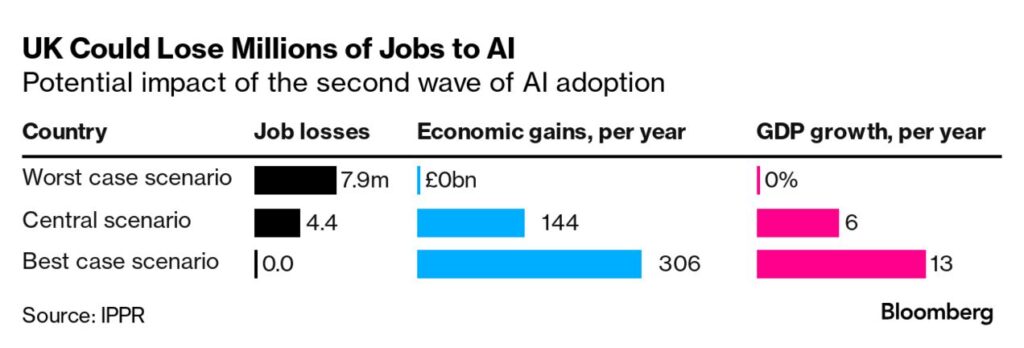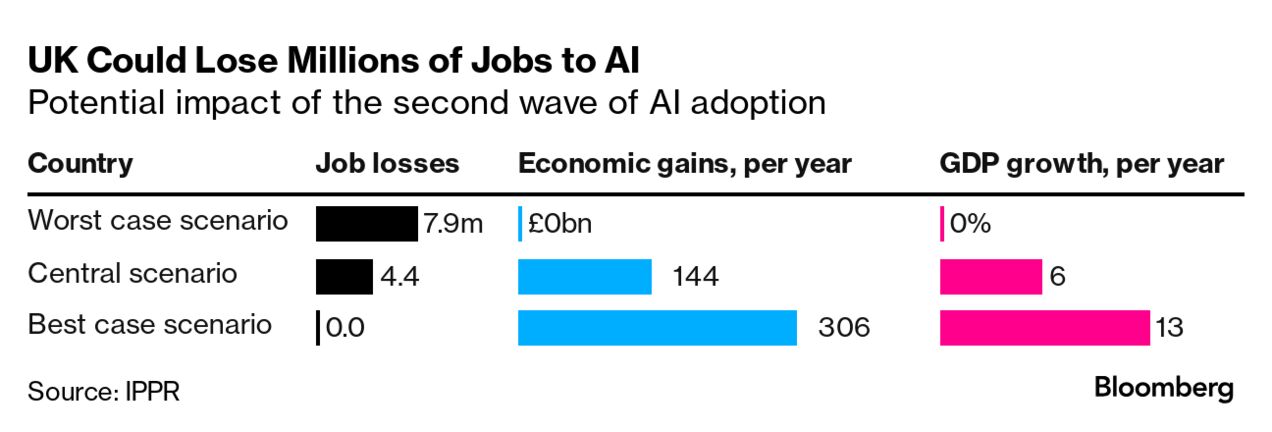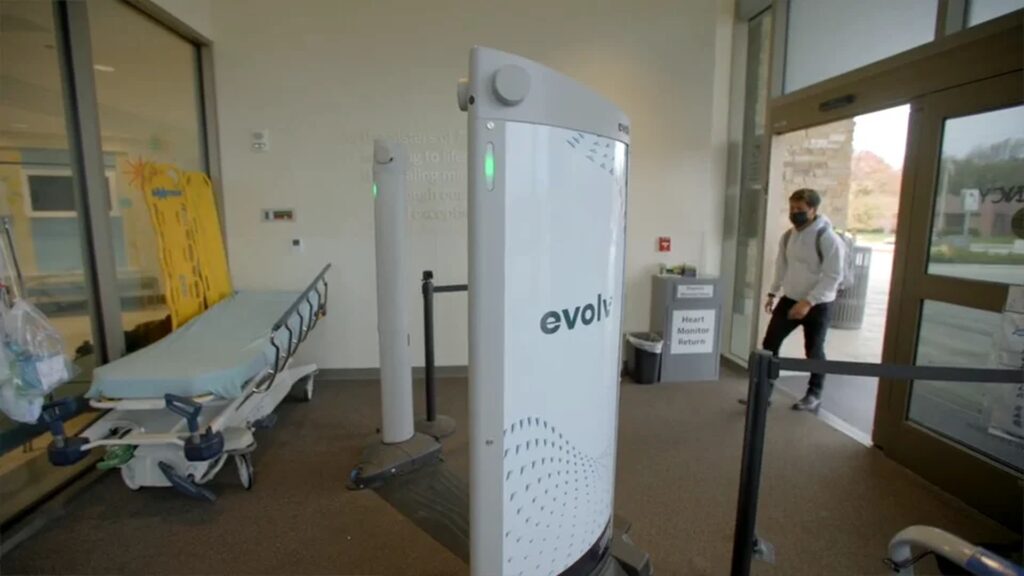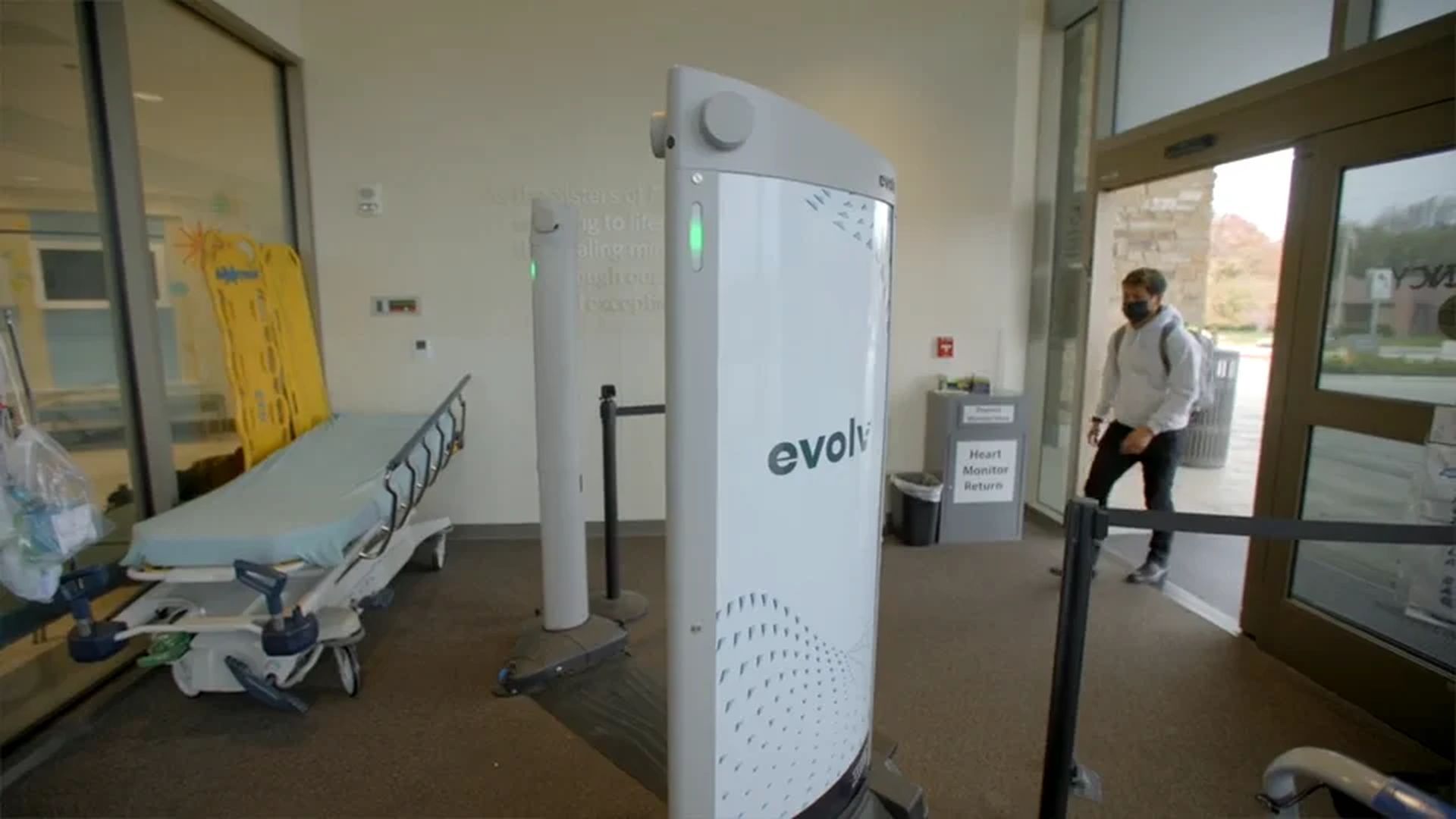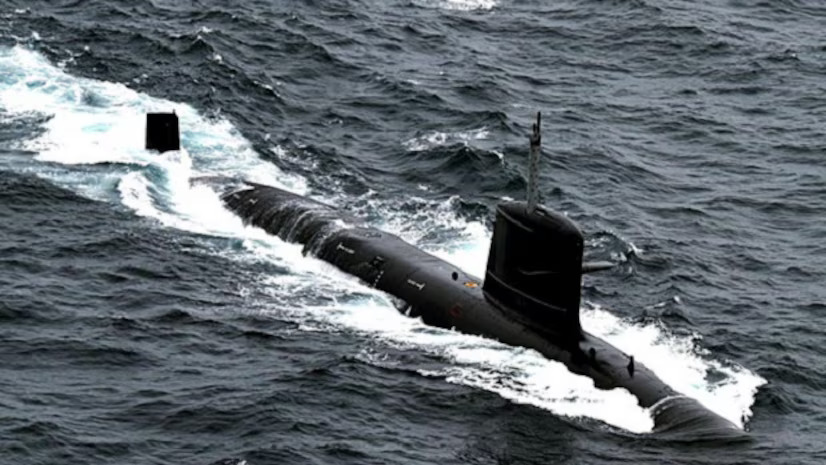The true potential of the internet has been exposed towards the entire world within these couple of decades. There are many flourishing businesses in the tech market especially in the field of advanced software and telecommunication.
But, how many of these companies master their reputation in the technical world and industrial production as well? Software companies and production industry are two diametrically opposite points of a circle. But, Invensys, the global tech company has been successfully running its business for the last 20 years.
Invensys, founded in 1999 is a famous company divided into three segments, namely, software, industrial automation and energy controls. The company was formed by merging two gigantic multinational companies, BTR plc and Siebe plc. Though Invensys was founded in 1999, the actual history of the company dates back to the 1800s when Augustus Siebe started working for the Deane brothers.
In the 1800s
Born in 1788, Augustus Siebe was a famous British Engineering who was hired by the Deane brothers. Since Siebe specialized in designing diving tools and types of equipment, he was giving a project to modify the then-existing helmets for underwater activities.
Seeing his great improvement and contribution in the field, Charles Parsley, leader of the Royal Navy also made some suggestions to improvise his existing inventions. Once his work brought a revolution in the world of marine engineering, he moved to London and opened up his own company in 1819. This great man passed away on 15th April 1872 due to chronic bronchitis.
How Invensys was formed?
Siebe plc was originally formed in 1920 but it started making a significant presence in the world of engineering since the 1970s. The company made a lot of acquisitions starting from 1972. Some of the acquired companies are James North and Sons, CompAir, Foxboro Company, Triconex, Eurotherm, Esscor and many more.
The last company that Siebe acquired before merging with BTR plc was Esscor. All these companies made Siebe a versatile conglomerate pioneering in excellent software products, power industry, petrochemical industry and whatnot.
On the other hand, BTR plc was originally established as B.F. Goodrich Company and transformed itself into BTR Limited in 1956. The company started flourishing under the leadership of Sir Owen Green and made a lot of big acquisitions in 1982.
BTR started buying companies outside the UK which included the U.S, Canada, Australia, South Africa and Germany. By the time BTR merged, it happened to be famous for building products, polymers, packaging and materials engineering.
Finally, in 1999 both the companies shake hands-on mutual grounds to form Invensys.
Fate of Invensys
After a couple of years of the establishment of Invensys, Invensys Rails Systems was formed in 2001. In 2004, Invensys Controls was formed which was mainly created to monitor the control system (also included climate control) and its applications.
During these five years from 1999, Invensys went through a lot of crisis and even had the chance of dissolution. But, the company was somehow saved and opened another new sector, Invensys Operations Management in 2009.
Again after a couple of years, the business started falling with share prices dropping to almost 50%. The company decided to sale Invensys Rails followed by the entire company in 2013 to Schneider Electric. The entire acquisition was finally completed on 17th January 2014. The amount was finalized to £3.4 billion.
About Schneider Electric
The company was built in the 19th century by the Schneider brothers and since then they have owned the steel as well as the machinery market. Gradually, the company also entered into the market of construction and electricity in the 20th century and emerged out as one of the companies in recent days to focus on energy management.
The company invests quite an impressive amount of fund in this area keeping in mind the abrupt environment changes. In 2010, the company with Alstom, created Aster to provide support to the newly founded business in the area of efficient energy consumption and eco-friendly environment.
The company is currently headquartered in France with more than 155,000 employees. The company has gained unexpected recognition in India given that it was given the award of Best French Group in India in 2018.
Annasha Dey is an NIT student, who apart from studying engineering is also a content writer. She has a great interest in photography, writing, reading novels, and travelling as well. She is a foodie who loves socializing and hanging out with her friends. She is also a trained Kathak dancer and a big fashion enthusiast. Dey also loves watching TV series, which includes F.R.I.E.N.D.S. and Big Bang Theory. To be a better writer she prefers to read more

